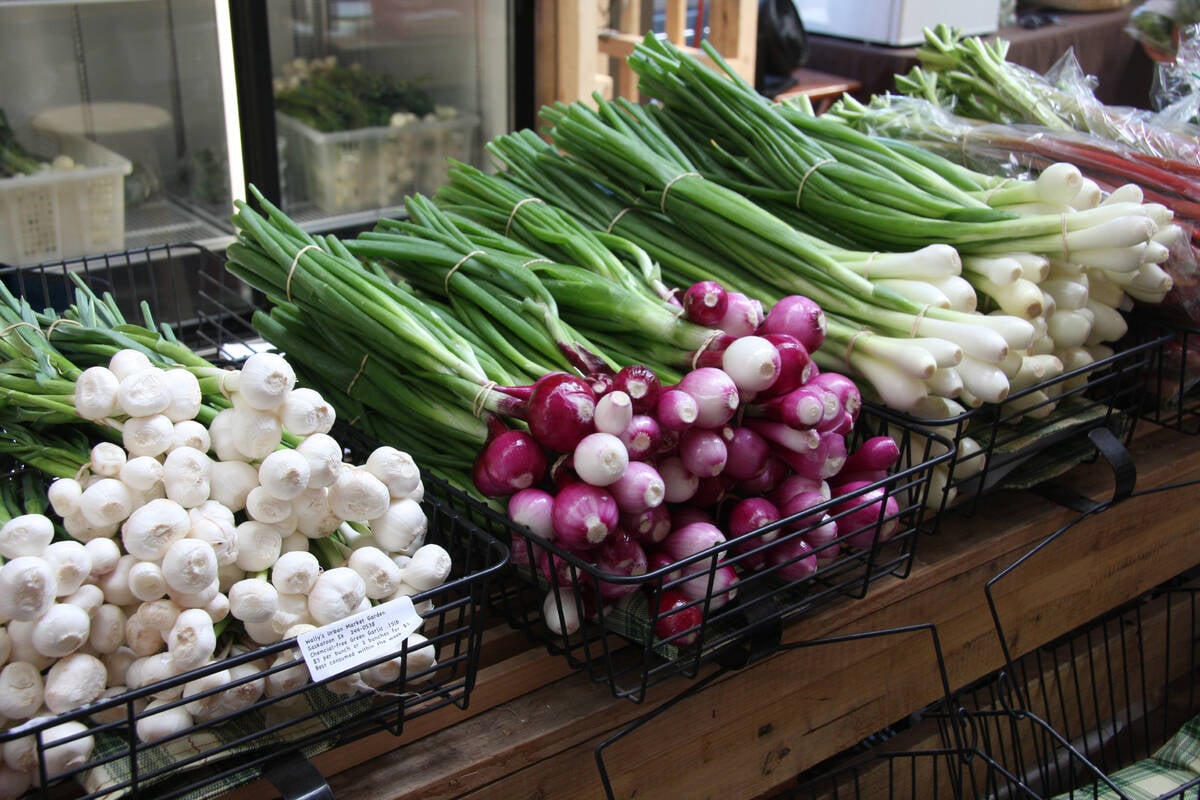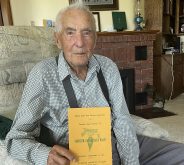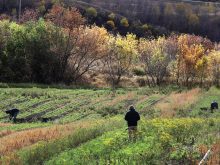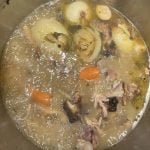After a two month absence, I’m back, taking my turn at writing this column. One month away was spent in Mesa, Arizona. We drove down, with good roads, free of snow or ice. The problem we had was getting in and out of Canada.
For the drive down, we left Elrose, Sask., about 1:30 p.m., after seeing one last grandkid’s hockey game. There was plenty of time to get to our closest border crossing before it closed for the night, or so we thought.
All was going well and we were getting close to the border crossing at Climax, when stretched across the highway was a road-closed sign. We couldn’t believe our eyes. We wondered if we had missed a sign earlier. There was no choice but to return to the closest town, Shaunavon. We decided to gas up, because the next closest border crossing at Willow Creek was quite a way down the road.
Read Also

Starting a small business comes with legal considerations
This article sets out some of the legal considerations to start a business to sell home-grown product, such as vegetables, herbs, fruit or honey.
While chatting with folk at the filling station we were told we had not missed any signs. I guess it was meant to be a surprise. Apparently, the closure was due to warm temperatures making road construction ahead muddy and impassable.
We didn’t know if Willow Creek closed at 6 p.m. or 7 p.m. We missed it by 10 minutes and backtracked 45 kilometres to the main highway. Our next option was a 24 hour border crossing at Coutts, Alta. Off we went on the gravelled Red Coat Trail, travelling west in the dark and fog. It seemed a bit eerie. Plows had left snow banks along the sides of the road, patches of fog swarmed down on us. We saw no town or farm lights and only met three cars. Eventually we crossed the border at Coutts and stayed in the first town we came to, Shelby, Montana. The rest of the trip to Arizona went as planned.
Coming home we again ran into problems crossing the border. There were so many snowbirds returning to Canada that weekend, and only one gate processing them, that it took over four hours to get across the border. We arrivedat 1:10 p.m. and drove out the other end at 5:20 p.m. As we inched along, people got out and walked their dogs or took a stroll. Others chatted with their neighbours in adjoining cars. Everyone seemed frustrated with the long wait. A nice facility to have along the highway would have been a port-a-potty. It wasn’t the way we had planned to spend the whole afternoon, but for us it wasn’t a problem.
I wonder about others who may have missed an important event like a wedding, or for health reasons needed food or medicines.
Tips for prairie gardening
The gardening season is beginning. One resource I find most helpful is The Gardener for the Prairies magazine. I received the subscription for a few years, so now have a good number of magazines to search for answers. The articles in that issure are listed on the front cover, so it is easy to find the topic you want. I find this magazine is packed with information and inspiration for gardening in this part of the world.
The Gardener for the Prairies is published four times a year by Saskatchewan Gardeners Inc. Subscriptions are $15 a year, $29 for two years (includes GST). Write: Box 379, RPO University, Saskatoon, Sask. S7N 4J8, 306-966-5593, fax: 306-966-5567 or e-mail the gardener@usask.ca, or go to the website www.extension.usask.ca/ and select publications.
Asparagus recipes
One of the first delights of spring is asparagus. I tried the following recipe from Kraft Canada.
Tomato asparagus salad
1/3 cup Italian dressing 75 mL
1/4 cup finely chopped green onions 60 mL
zest and juice of one lemon
2 large tomatoes, thinly sliced
18 large asparagus spears, cooked until tender-crisp
1/4 cup shredded mozzarella cheese 60 mL
2 tablespoons chopped fresh 30 mL
parsley
Mix dressing, onions, lemon zest and juice until well blended. Arrange tomatoes on serving platter or individual salad plates; top with asparagus. Drizzle with dressing mixture. Toss cheese and parsley in small bowl. Sprinkle over salad. Serves four to six.
Folklore contest
My grandma would never start a project on Friday. It would be certain to fail if she did. Do you have folklore tales in your family? If you do and want to share them, send in your folklore tale, name and address to: TEAM Resources Folklore Contest, Box 2500, Saskatoon, Sask. S7K 2C4. Deadline for entries is June 14. You could win a copy of Company’s Coming new Most Loved Main Courses or Atco Gas Blue Flame Kitchen’s Romancing the Flames Cookbook.
Family reunion
Dear TEAM: My family is planning a family reunion at the end of July and would appreciate obtaining recipes for a large group. I am also looking for a recipe for beef on a bun. Suggestions for entertainment, games and anything else would be appreciated. – B.S., Alsask, Sask.
Dear B.S.: We are planning a reunion too. Some ideas that come to mind are:
- Each family or branch of the family tree wears the same coloured T-shirts.
- Mixer questionnaire with family type questions, such as the person who travelled the farthest to be at the reunion, has more than 10 children, married their childhood sweetheart, etc. Set up the page in a lined format or have page divided into 16 or 20 squares and a question to answer in each square.
- Human Treasure Hunt. For example, find four people who have a birthday the same month as you do, find three people who are parents of teens, find two people who had a good laugh in the past week. Ask them what brought on the laughter.
- Games such as bean bag contest, relay races or ball games are always good to get people moving and mixing with one another.
Beef on a bun
Roast: Allow 1/4 pound (125 g) beef per person. A 20 pound (nine kg) boneless roast will serve 80 people.
Marinade:
1 jar barbecue sauce 455 mL
2 bottles of beer
2 tablespoons seasoning salt 30 mL
1 teaspoon onion powder 5 mL
Tabasco sauce, to taste
Mix together and pour over roast. Marinate overnight.
Cook the roast (with the marinade) at 450 F (230 C) for about 30 minutes and then reduce heat to 350 F (180 C) for the remainder of the time. This size of roast will take about six hours.
Slice thinly or shave and place the meat back in a roaster or a slow cooker, tossing the thin slices with some of the cooked marinade as you go. Keep hot and serve tucked into split kaiser rolls.
Alma Copeland is a home economist from Elrose, Sask., and one of four columnists comprising Team Resources. Send correspondence in care of this newspaper, Box 2500, Saskatoon, Sask., S7K 2C4 or contact them at team@producer.com.














